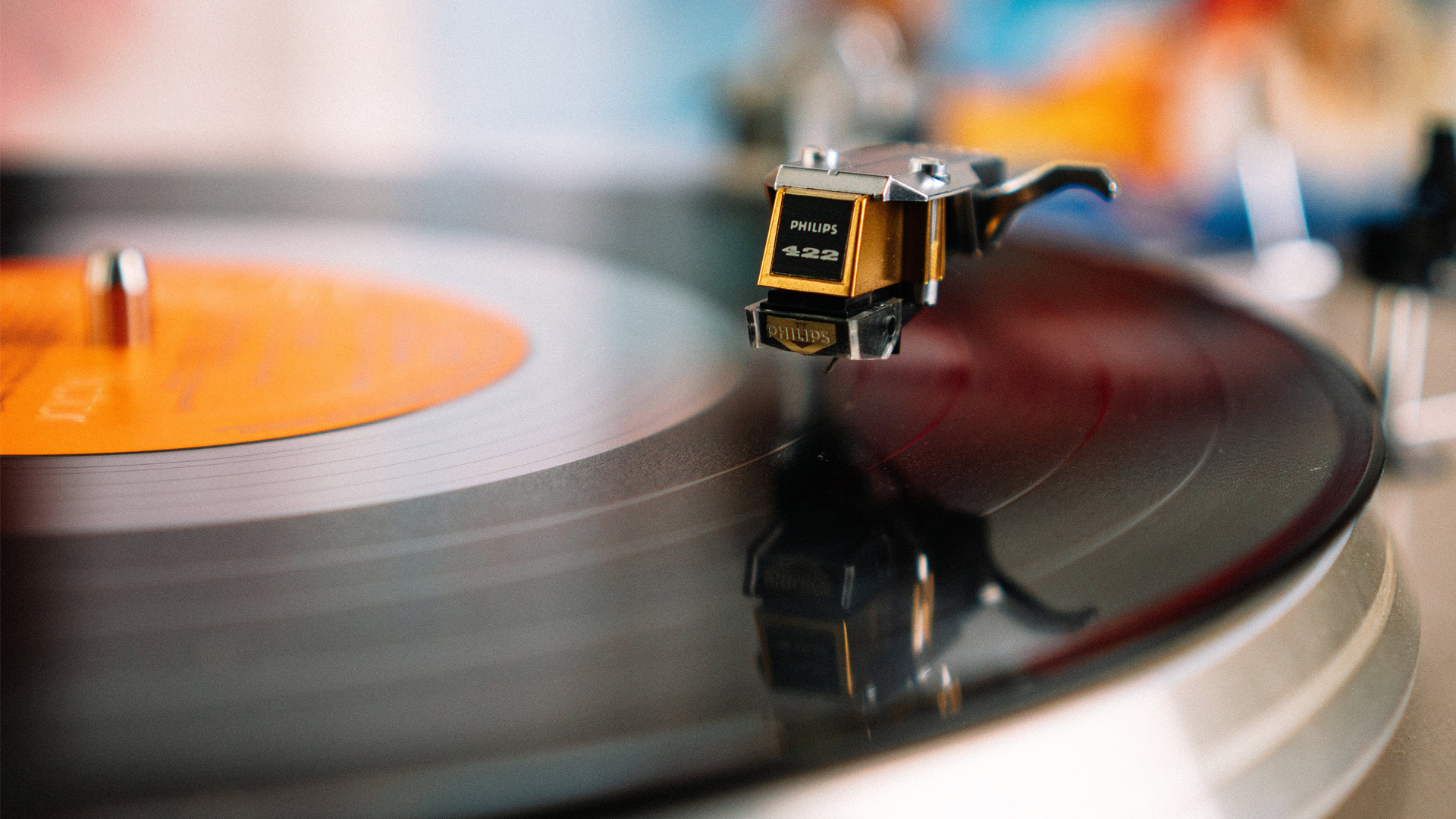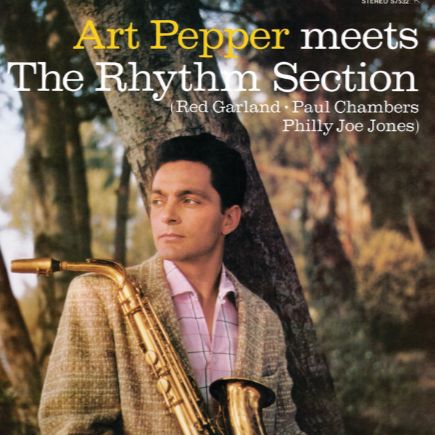The Man I Love: ballade suspendue entre espoir et mélancolie
Composée par George Gershwin avec des paroles de son frère Ira, The Man I Love connaît un parcours aussi sinueux que fascinant. Initialement écrite pour la comédie musicale satirique Oh, Lady Be Good! (1924), elle est rapidement écartée, puis réintroduite dans Strike Up the Band (1927), sous les titres The Man I Love et The Girl I Love.
Envisagée pour Rosalie, une production de Ziegfeld en 1928, elle en est finalement écartée une nouvelle fois. Ce n’est qu’avec le film noir The Man I Love (1947), où elle est interprétée dans une atmosphère dramatique par Ida Lupino et Bruce Bennett, que la chanson atteint un large public.
Musicalement, elle se distingue par une introduction audacieuse, où la mélodie s’élève avec espoir avant de retomber dans une harmonie dense et teintée de désenchantement. Cette tension entre aspiration romantique et lucidité donne à la ballade une profondeur émotionnelle singulière.
Au fil du temps, The Man I Love a traversé les styles et les époques du jazz: orchestrations luxuriantes des big bands, versions intimistes en trio, réinventions dans le bebop ou le cool jazz… Véritable miroir des évolutions du jazz, cette ballade continue d’offrir un espace d’interprétation libre et profond, suspendu entre promesse et regret.
Art Pepper, l’intensité retrouvée du lyrisme
Enregistrée à Los Angeles le 19 janvier 1957, la version de The Man I Love figurant sur l’album Art Pepper Meets The Rhythm Section est devenue l’un des témoignages les plus éloquents de la rencontre entre la grâce du West Coast jazz et la profondeur du hard bop. Avec Art Pepper, on trouve la section rythmique de Miles Davis — Red Garland au piano, Paul Chambers à la contrebasse et Philly Joe Jones à la batterie — pour une session d’une spontanéité et d’une cohésion exemplaires.
L’histoire de cet enregistrement tient presque du hasard: Pepper, alors en difficulté personnelle, découvre le matin même qu’il doit enregistrer. Sans avoir répété, il se laisse porter par l’énergie de ses partenaires et signe une performance d’une intensité rare. Sur The Man I Love il déploie un jeu d’une tension émotionnelle saisissante. Son timbre, à la fois clair et vibrant, traduit une urgence intérieure, oscillant entre fragilité et détermination.
Red Garland apporte un contrepoint harmonique lumineux, ponctué de ces accords perlés qui caractérisent son style élégant. Paul Chambers, d’une souplesse exemplaire, installe un flux rythmique fluide et profond, tandis que Philly Joe Jones insuffle une dynamique nerveuse, un battement presque vocal qui fait respirer chaque phrase. Ensemble, ils trouvent un équilibre subtil entre la discipline du swing et la liberté expressive propre au bop.
The Man I Love: balada suspendida entre esperanza y melancolía
Compuesta por George Gershwin con letra de su hermano Ira, The Man I Love tiene una trayectoria tan sinuosa como fascinante. Escrita inicialmente para la comedia musical satírica Oh, Lady Be Good! (1924), fue rápidamente descartada, luego reintroducida en Strike Up the Band (1927), bajo los títulos The Man I Love y The Girl I Love.
Pensada también para Rosalie, una producción de Ziegfeld en 1928, volvió a ser excluida. No fue sino hasta el estreno del filme negro The Man I Love (1947), donde es interpretada en una atmósfera dramática por Ida Lupino y Bruce Bennett, que la canción alcanzó un público más amplio.
Musicalmente, se distingue por una introducción audaz, donde la melodía asciende con esperanza antes de caer en una armonía densa y matizada por el desencanto. Esa tensión entre anhelo romántico y lucidez confiere a la balada una profundidad emocional única.
Con el tiempo, The Man I Love ha atravesado estilos y épocas del jazz: orquestaciones exuberantes de big bands, versiones íntimas en trío, reinterpretaciones en el bebop o el cool jazz… Verdadero reflejo de la evolución del jazz, esta balada sigue ofreciendo un espacio de interpretación libre y profundo, suspendido entre promesa y desconsuelo.
Art Pepper, la intensidad recuperada del lirismo
Grabada en Los Ángeles el 19 de enero de 1957, la versión de The Man I Love incluida en el álbum Art Pepper Meets The Rhythm Section se ha convertido en uno de los testimonios más elocuentes del encuentro entre la gracia del jazz de la Costa Oeste y la profundidad del hard bop. Junto a Art Pepper se encuentra la sección rítmica de Miles Davis —Red Garland al piano, Paul Chambers al contrabajo y Philly Joe Jones a la batería— en una sesión de espontaneidad y cohesión ejemplares.
La historia de esta grabación roza el azar: Pepper, entonces en un momento personal difícil, se entera esa misma mañana de que debía grabar. Sin haber ensayado, se deja llevar por la energía de sus compañeros y firma una interpretación de una intensidad poco común. En The Man I Love despliega un juego de una tensión emocional sobrecogedora. Su timbre, a la vez claro y vibrante, refleja una urgencia interior que oscila entre la fragilidad y la determinación.
Red Garland aporta un contrapunto armónico luminoso, salpicado de esos acordes perlados que caracterizan su estilo elegante. Paul Chambers, de una flexibilidad ejemplar, establece un flujo rítmico fluido y profundo, mientras Philly Joe Jones insufla una dinámica nerviosa, un pulso casi vocal que hace respirar cada frase. Juntos alcanzan un equilibrio sutil entre la disciplina del swing y la libertad expresiva propia del bop.
The Man I Love: ballata sospesa tra speranza e malinconia
Composta da George Gershwin con testo del fratello Ira, The Man I Love ha conosciuto un percorso tanto tortuoso quanto affascinante. Scritta inizialmente per la commedia musicale satirica Oh, Lady Be Good! (1924), fu subito scartata, poi reintrodotta in Strike Up the Band (1927), con i titoli The Man I Love e The Girl I Love.
Prevista anche per Rosalie, una produzione di Ziegfeld del 1928, fu nuovamente esclusa. Solo con il film noir The Man I Love (1947), dove viene eseguita in un’atmosfera drammatica da Ida Lupino e Bruce Bennett, la canzone raggiunse un vasto pubblico.
Dal punto di vista musicale, si distingue per un’introduzione audace, in cui la melodia si innalza con speranza prima di ricadere in un’armonia densa, velata di disincanto. Questa tensione tra aspirazione romantica e lucidità conferisce alla ballata una profondità emotiva unica.
Nel corso del tempo, The Man I Love ha attraversato stili ed epoche del jazz: orchestrazioni sontuose delle big band, versioni intime in trio, rivisitazioni in chiave bebop o cool jazz… Vera e propria cartina di tornasole dell’evoluzione del jazz, questa ballata continua a offrire uno spazio interpretativo libero e profondo, sospeso tra promessa e rimpianto.
Art Pepper, l’intensità ritrovata del lirismo
Registrata a Los Angeles il 19 gennaio 1957, la versione di The Man I Love inclusa nell’album Art Pepper Meets The Rhythm Section è diventata una delle testimonianze più eloquenti dell’incontro tra la grazia del jazz della West Coast e la profondità dell’hard bop. Accanto ad Art Pepper si trova la sezione ritmica di Miles Davis —Red Garland al pianoforte, Paul Chambers al contrabbasso e Philly Joe Jones alla batteria— per una sessione di spontaneità e coesione esemplari.
La storia di questa registrazione ha quasi del fortuito: Pepper, allora in un periodo personale difficile, scopre la mattina stessa che deve registrare. Senza aver provato, si lascia trascinare dall’energia dei suoi compagni e firma una performance di rara intensità. In The Man I Love dispiega un linguaggio musicale di forte tensione emotiva. Il suo timbro, insieme limpido e vibrante, esprime un’urgenza interiore che oscilla tra fragilità e determinazione.
Red Garland offre un contrappunto armonico luminoso, punteggiato da quegli accordi perlacei che caratterizzano il suo stile elegante. Paul Chambers, di una flessibilità esemplare, crea un flusso ritmico fluido e profondo, mentre Philly Joe Jones infonde una dinamica nervosa, un battito quasi vocale che fa respirare ogni frase. Insieme trovano un equilibrio sottile tra la disciplina dello swing e la libertà espressiva propria del bop.
The Man I Love: a ballad suspended between hope and melancholy
Composed by George Gershwin with lyrics by his brother Ira, The Man I Love has followed a winding yet fascinating path. Originally written for the satirical musical Oh, Lady Be Good! (1924), it was quickly dropped, then reintroduced in Strike Up the Band (1927), under the titles The Man I Love and The Girl I Love.
Planned again for Rosalie, a 1928 Ziegfeld production, it was once more excluded. It wasn’t until the release of the film noir The Man I Love (1947), where it is performed in a dramatic setting by Ida Lupino and Bruce Bennett, that the song reached a broad audience.
Musically, it stands out for its bold introduction, with a melody that rises in hopeful ascent before falling into dense, disenchanted harmonies. This tension between romantic longing and realism gives the ballad a singular emotional depth.
Over time, The Man I Love has traversed the styles and eras of jazz: lush big band orchestrations, intimate trio renditions, reinventions in bebop and cool jazz… A true mirror of jazz’s evolution, this ballad continues to offer a space for free and profound interpretation, suspended between promise and regret.
Art Pepper, the rediscovered intensity of lyricism
Recorded in Los Angeles on January 19, 1957, the version of The Man I Love featured on the album Art Pepper Meets The Rhythm Section has become one of the most eloquent testaments to the encounter between the grace of West Coast jazz and the depth of hard bop. Alongside Art Pepper is Miles Davis’s rhythm section —Red Garland on piano, Paul Chambers on bass, and Philly Joe Jones on drums— in a session marked by exemplary spontaneity and cohesion.
The story of this recording is almost pure chance: Pepper, then struggling personally, learned that very morning he was to record. Without any rehearsal, he let himself be carried by his partners’ energy and delivered a performance of rare intensity. On The Man I Love, he unfolds a playing of striking emotional tension. His tone, both clear and vibrant, reveals an inner urgency that moves between fragility and determination.
Red Garland provides a luminous harmonic counterpoint, punctuated by those pearly chords that define his elegant style. Paul Chambers, remarkably supple, sets a rhythmic flow that is both fluid and deep, while Philly Joe Jones adds a nervous drive, a nearly vocal pulse that makes every phrase breathe. Together, they find a subtle balance between the discipline of swing and the expressive freedom inherent to bop.


